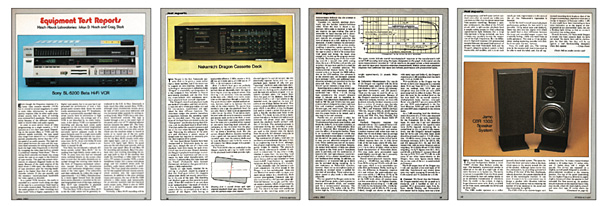Does GNI have any audiophile in the house ?
Wanna chat about music and hardware.
Lets talk about FLAC, DSD, SACD etc. Lets chat about DACs, Turntables, CD players and transports, Cassette players etc.
Don't forget about Vinyl, CD, SACD, DSD High Res etc.
Let's also talk home theatre too.
Drop a line and let's chat here.




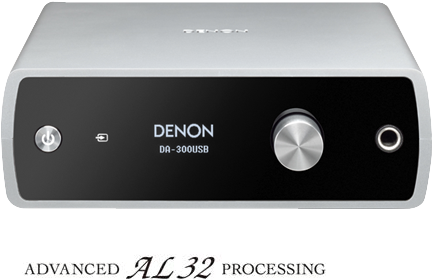
 At the heart of the DA-300USB is the high resolution PCM1795 D/A converter, which features advanced segment 32 bit architecture along with the ability to handle up to 192kHz PCM sample rates as well as the ability to decode both 2.5Mhz and 5.6Mhz high resolution DSD files (either natively decoded or via DoP - DSD over PCM).
At the heart of the DA-300USB is the high resolution PCM1795 D/A converter, which features advanced segment 32 bit architecture along with the ability to handle up to 192kHz PCM sample rates as well as the ability to decode both 2.5Mhz and 5.6Mhz high resolution DSD files (either natively decoded or via DoP - DSD over PCM).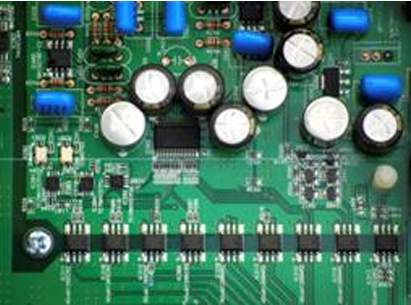
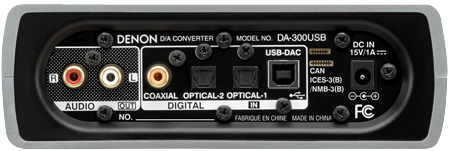


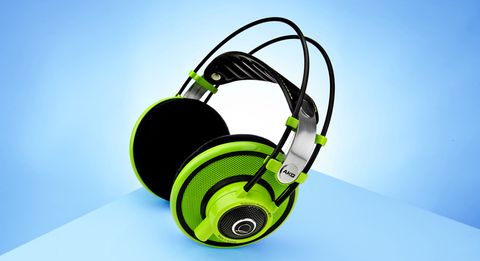






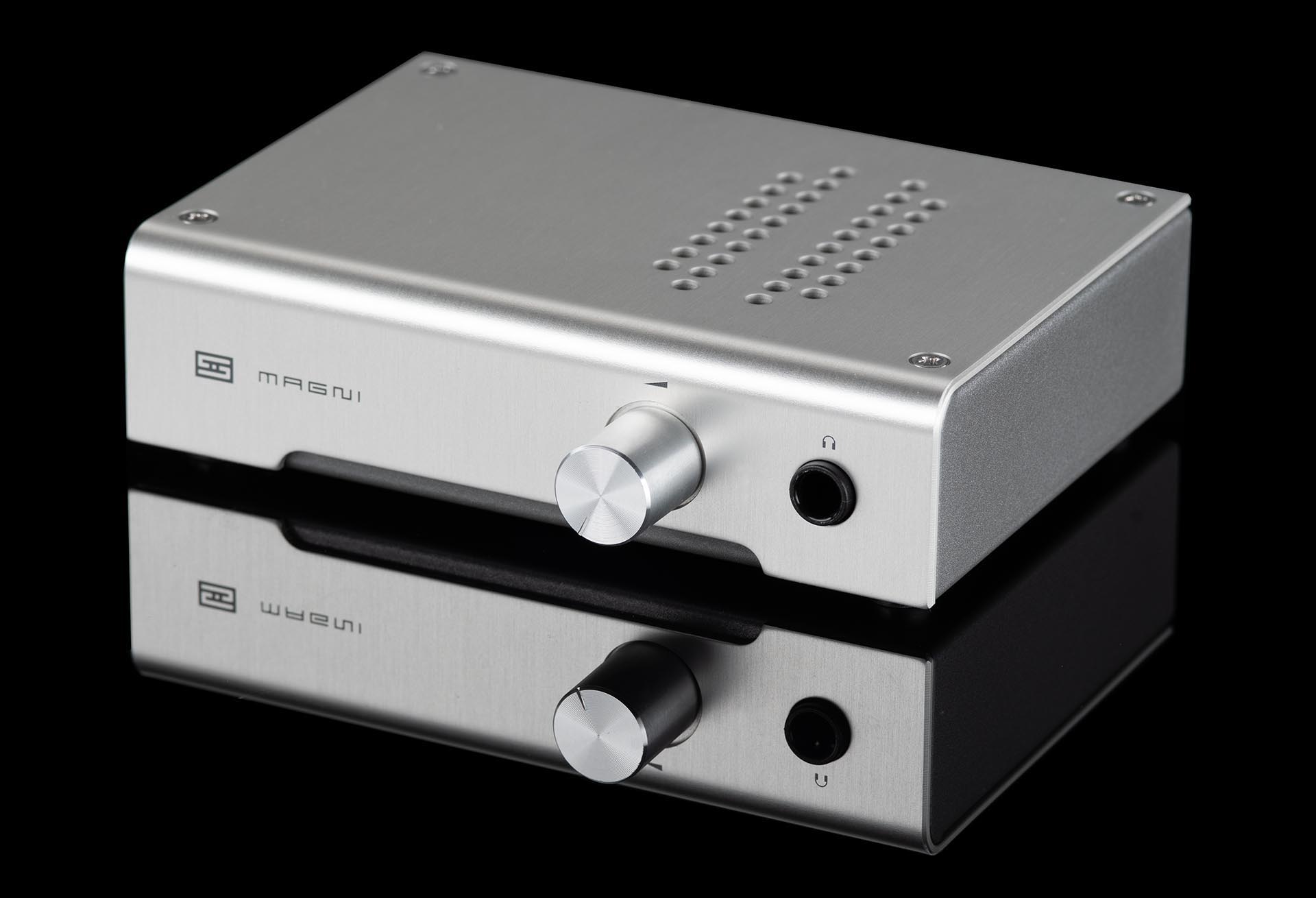
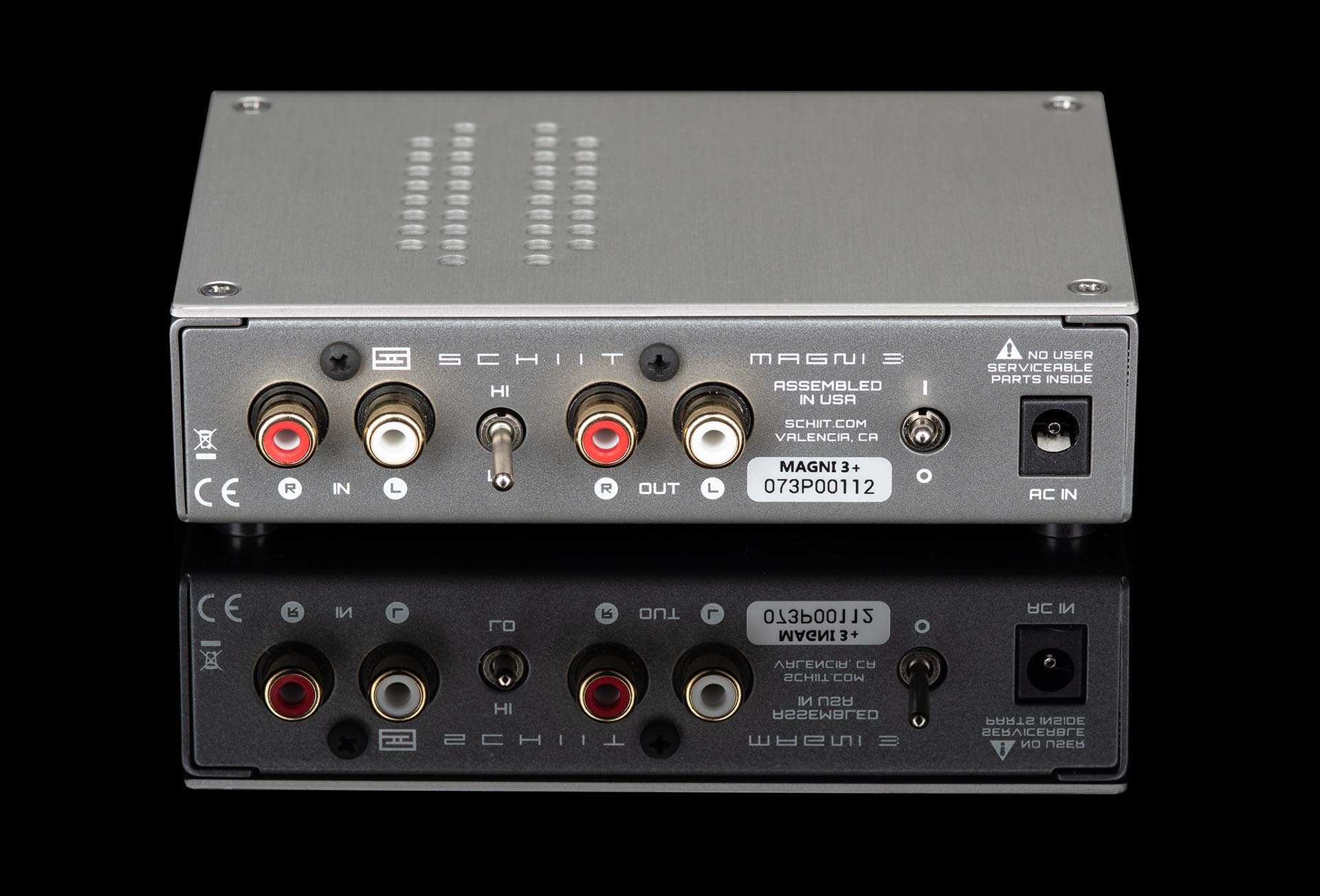
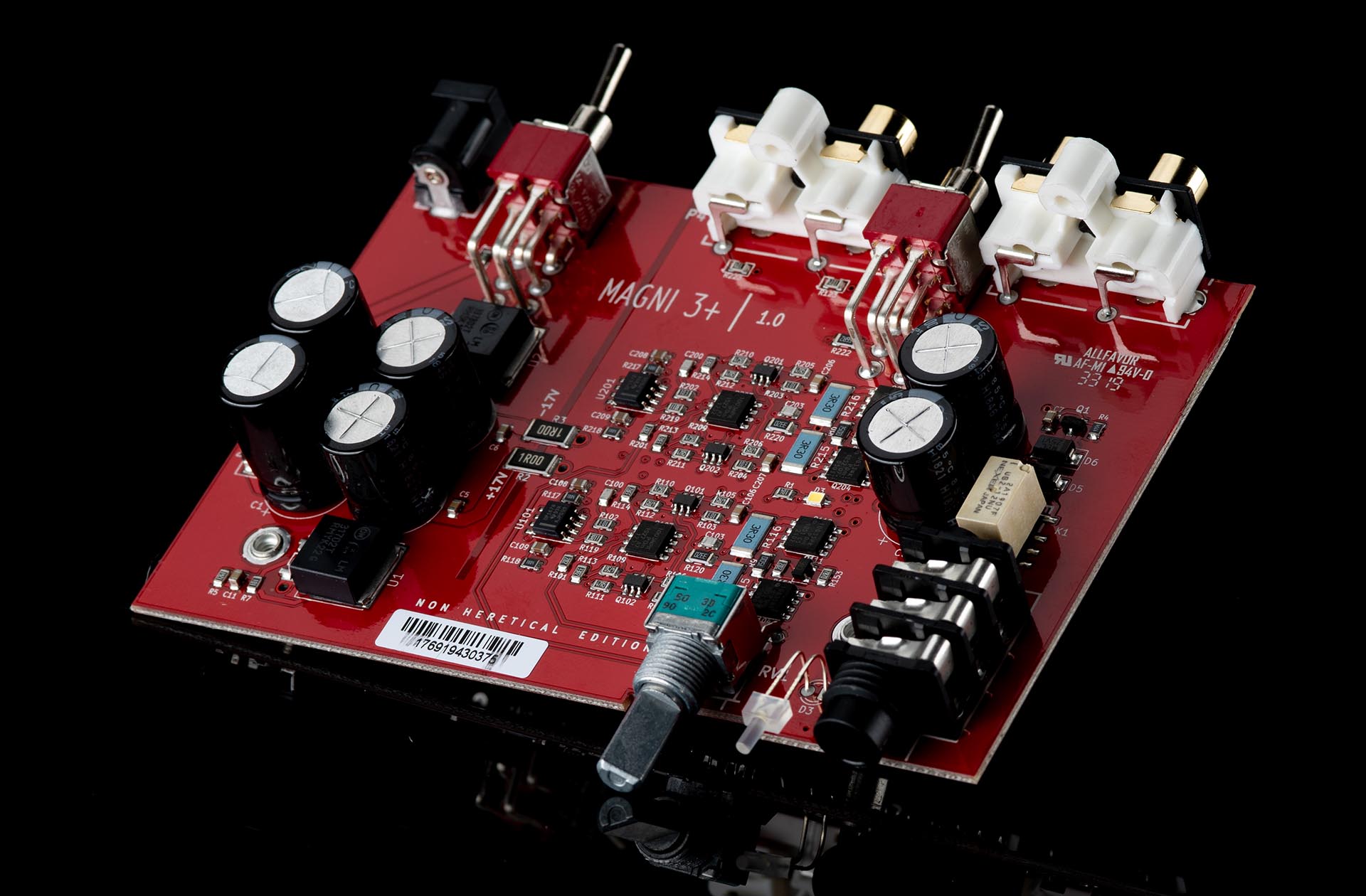
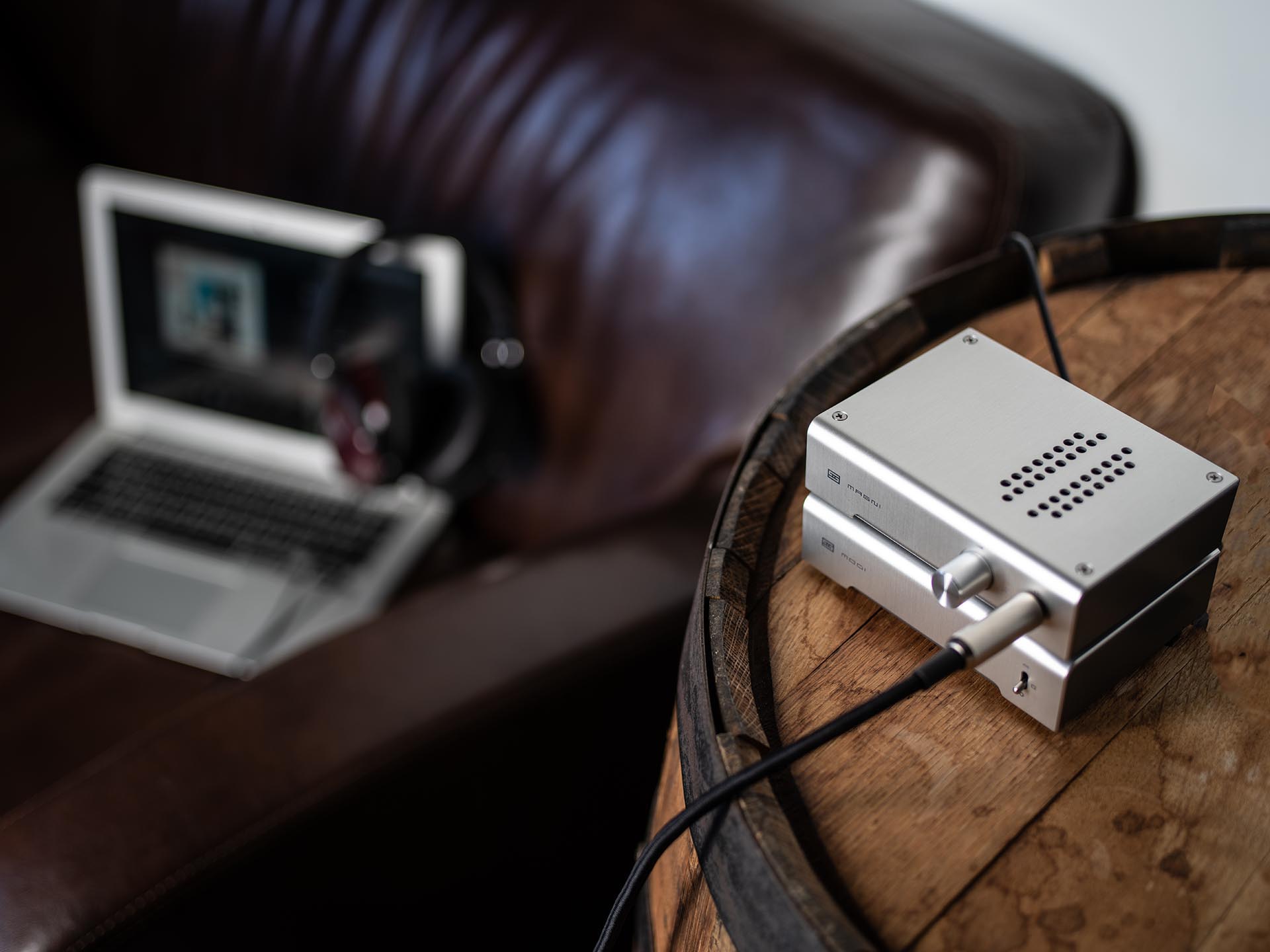
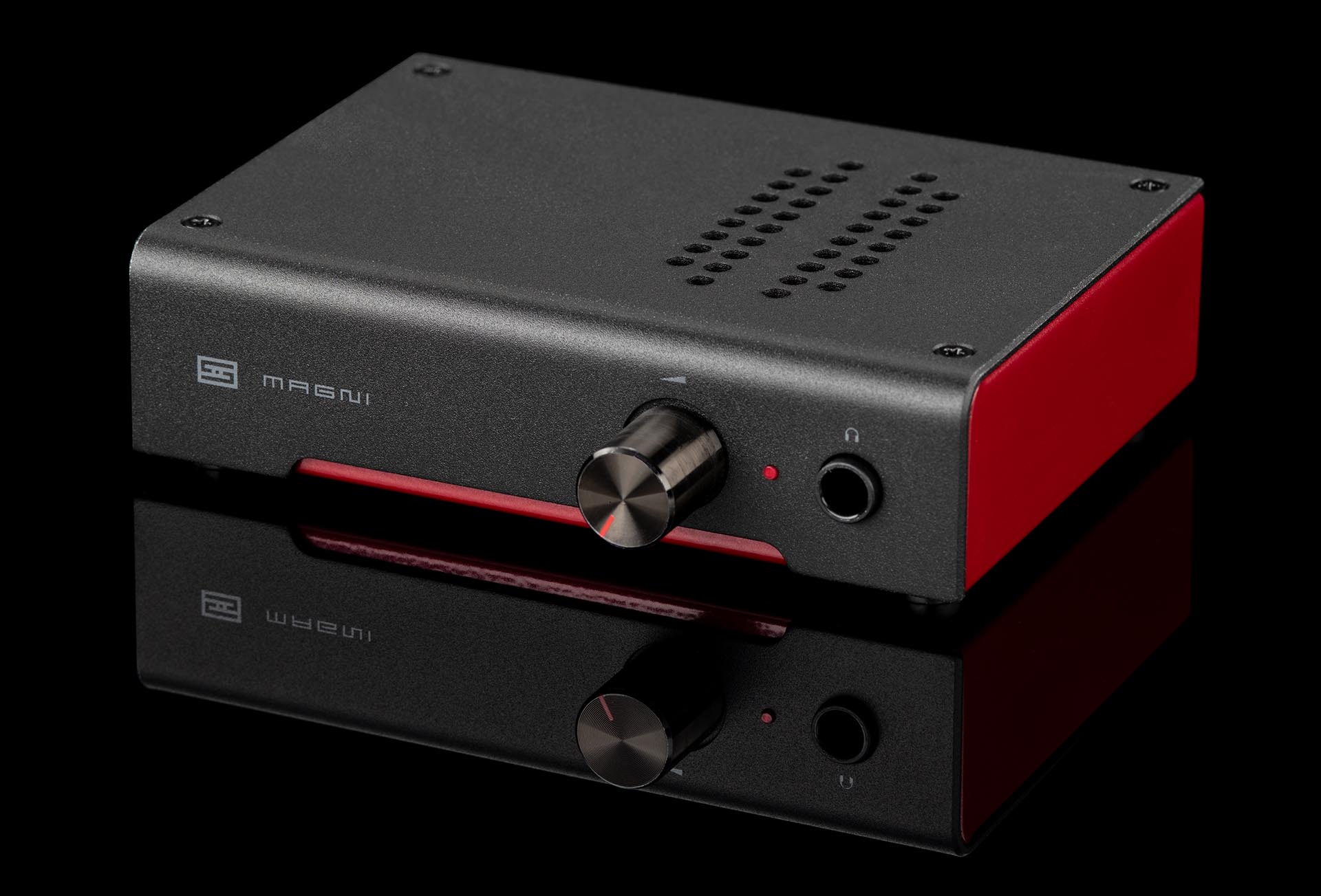
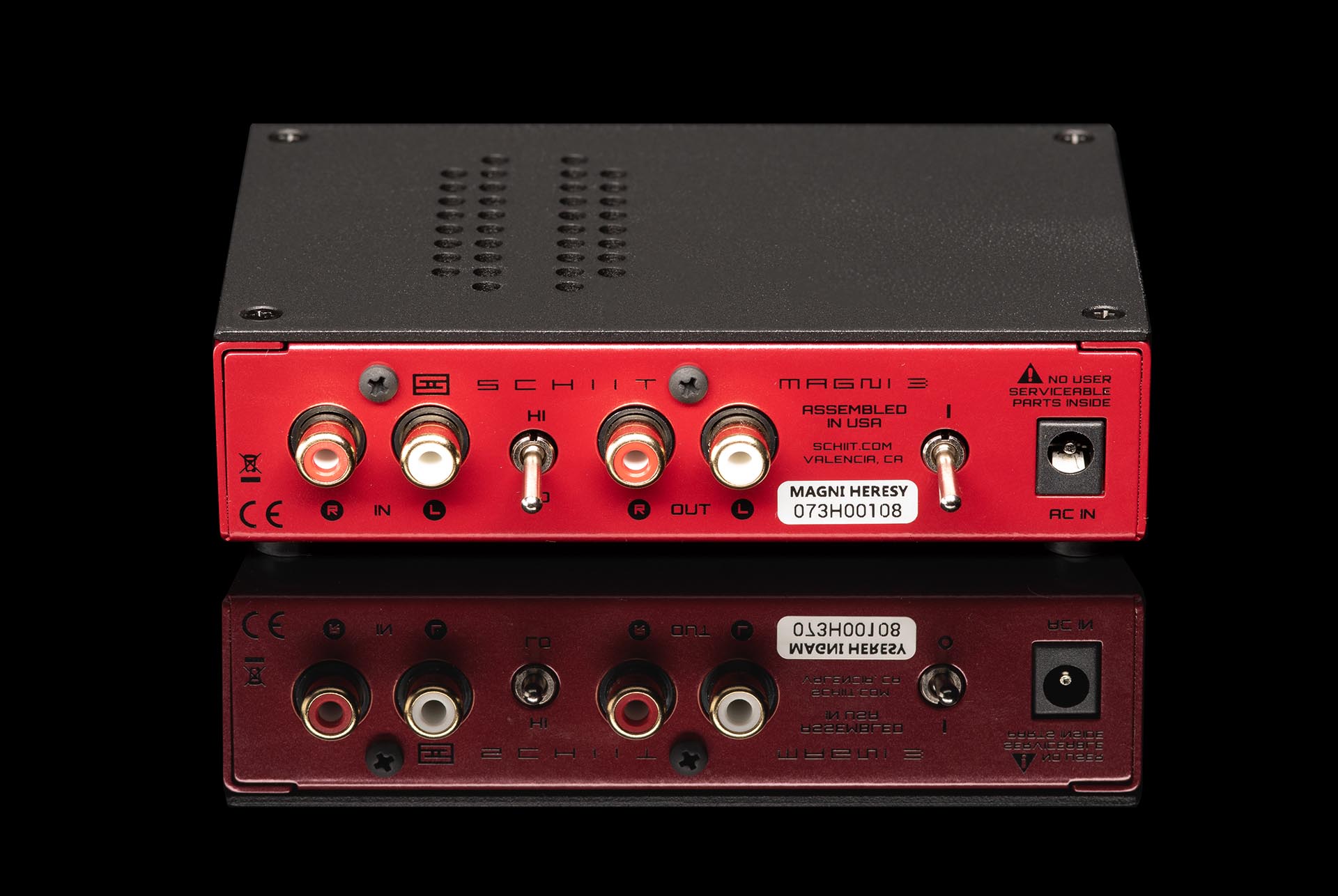
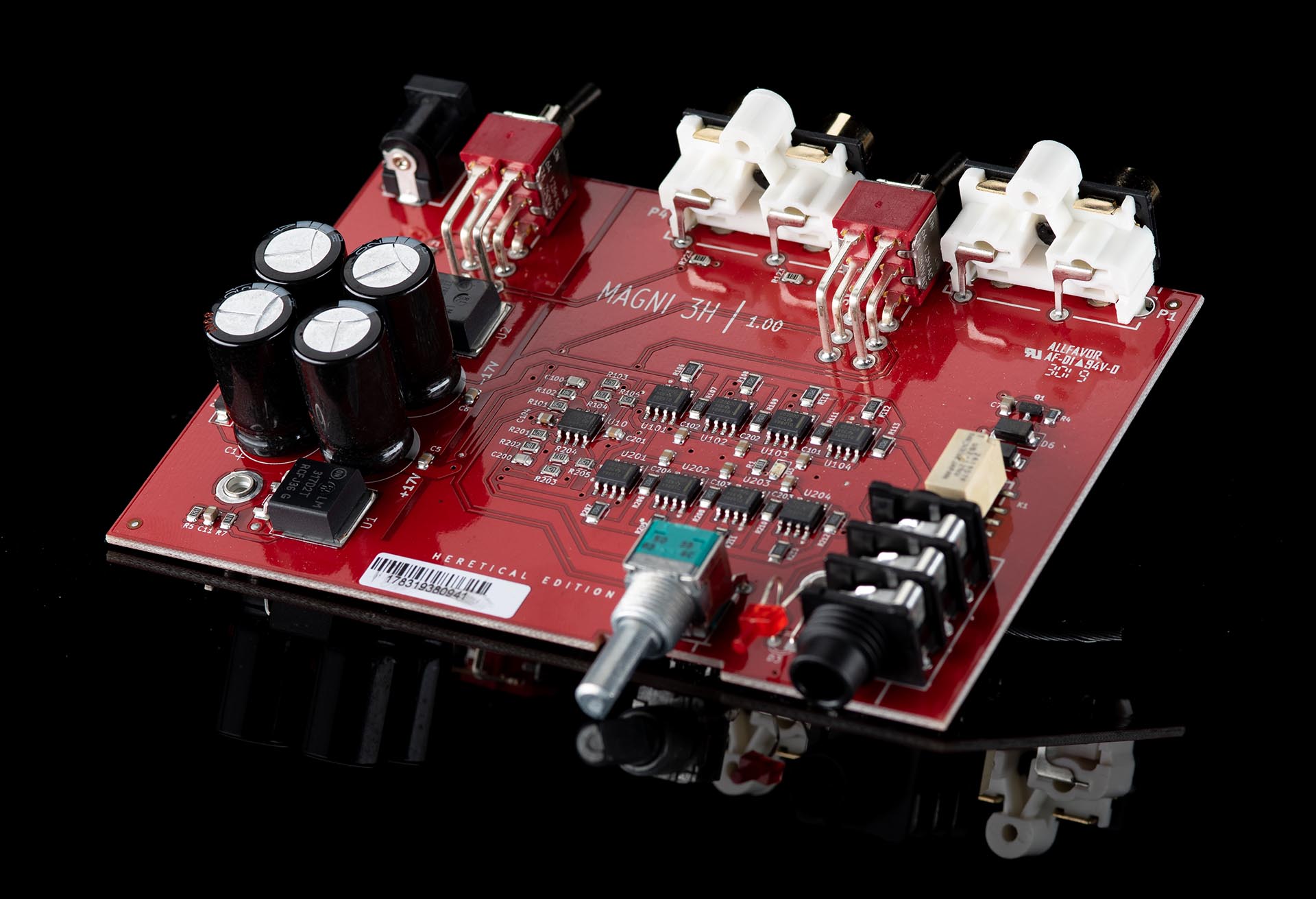
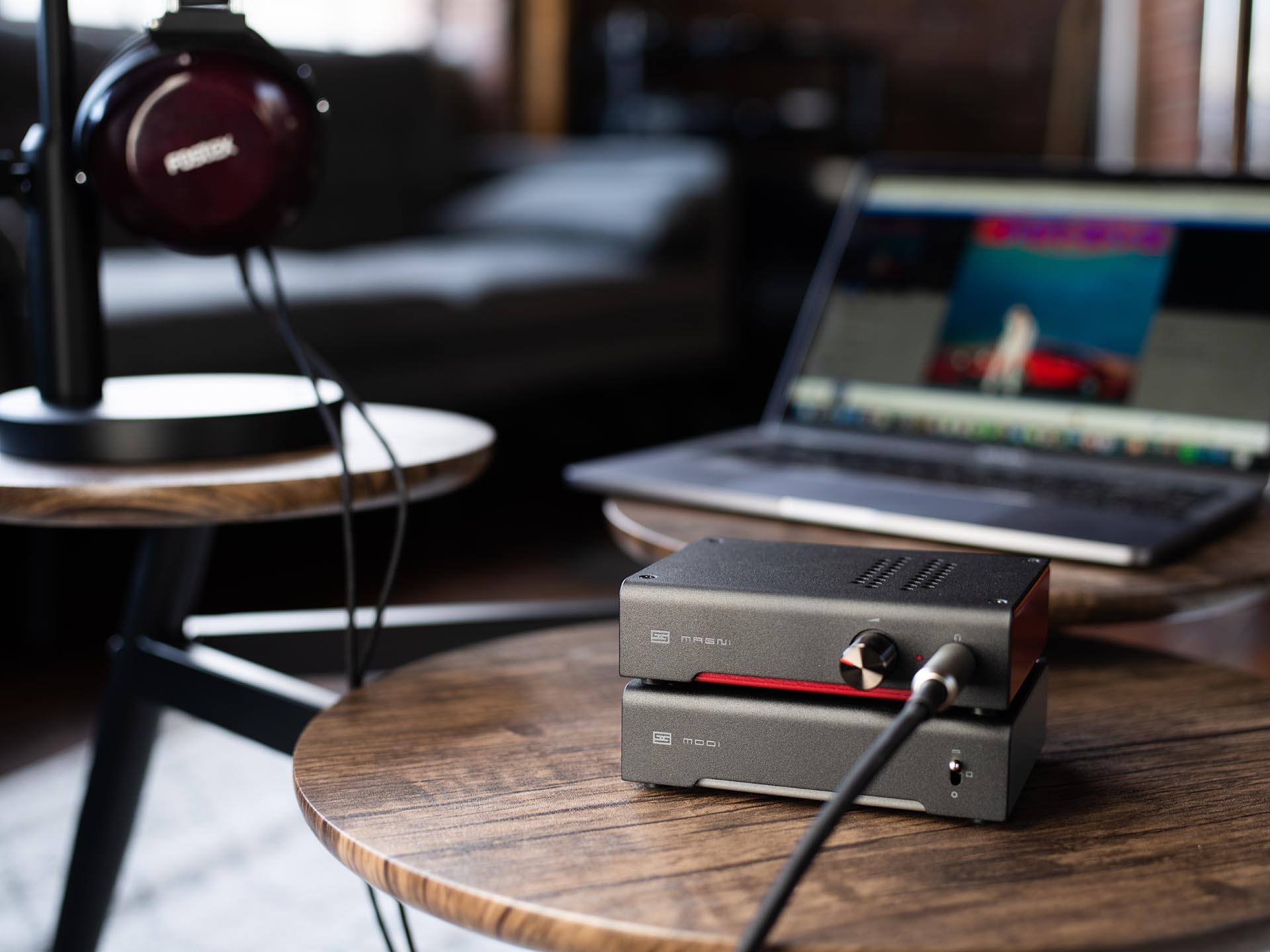











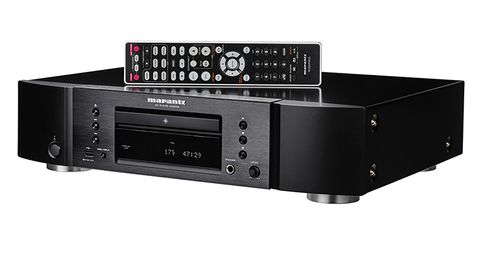


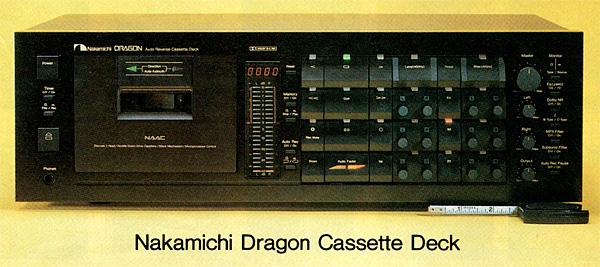
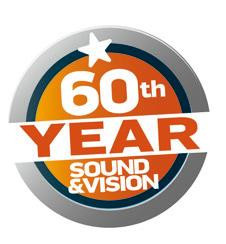 Introduction, September 2018
Introduction, September 2018